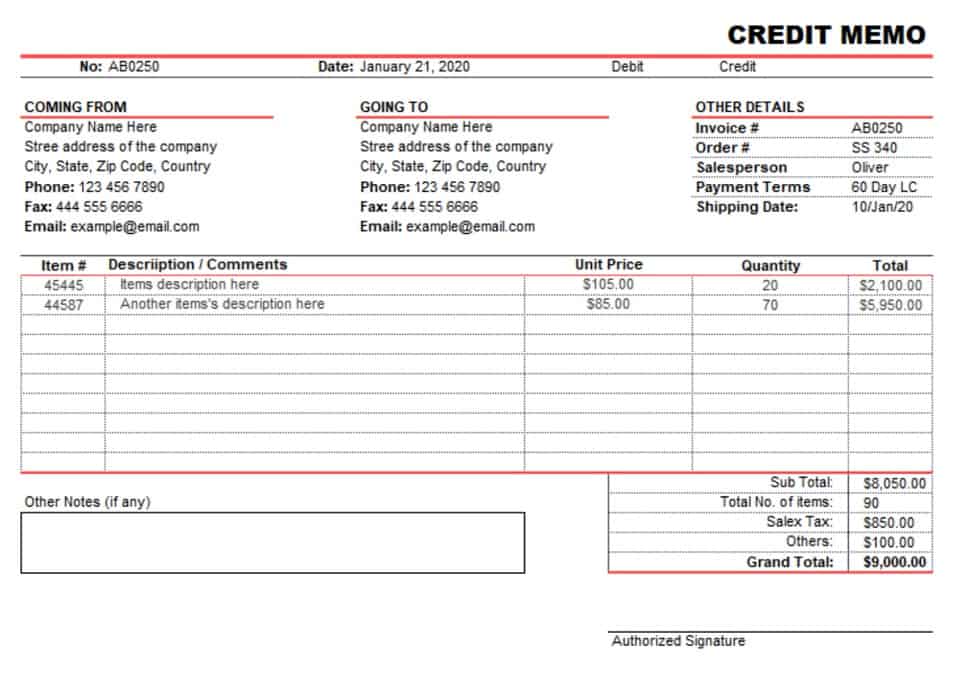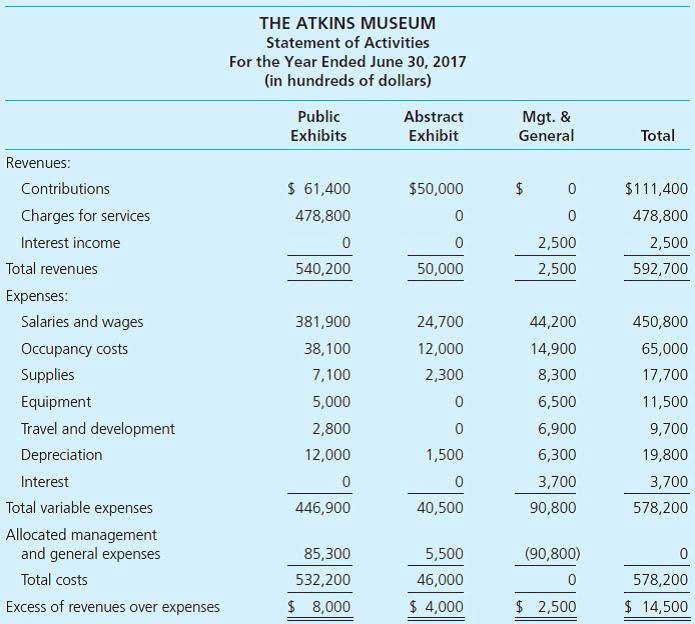
The key to creating multiple income streams is to make sure they are diversified. You want to have income coming in from different sources that are not related to each other. That way, if one of your sources of income fails, you have other sources of income to help you make ends meet. If you search for advice on how to create multiple streams of income in your 20s, creating social media content will likely be among the top suggestions. And while that’s indeed a great source of extra income for young adults, there’s no age limit to becoming a content creator. In fact, a new trend of 30+ content creators just started going viral on TikTok.
Dividend stocks
- Enoch has an MSc (Econ) degree in Finance and Investment Management from the University of Aberdeen Business School and has completed the Canadian Securities Course.
- In the cut-throat business world, self-doubt can be the difference between success and failure, costing you everything.
- This is particularly popular for younger people, who may pick up hours in the service or retail sectors on the side.
- If you’re creating a product, consider how you will market it and how it will be distributed.
- Increasing the prices you charge in exchange for your time and services is a good idea if you are a business owner.
If you want to create another stream of income, you could always sell a product. Of all the different income streams in this article, I would say that this one comes with the most financial risk, because it often means carrying an inventory of products. The income streams in this article are great options for https://www.bookstime.com/ those who are willing to work for them. Some of them may seem a little obvious, but that’s part of the point. These aren’t far-fetched, crazy ideas, they have been proven time and time again. On top of that, none of them require a large amount of money to get started; just hard work and consistency over time.

Capital Gains
Many Fundrise alternatives let you invest in real estate equity to generate returns. However, this often requires a longer investment period and more starting capital. For those who want to earn some extra money online, InboxDollars is a helpful option. It offers several options for you to get paid to watch videos and play games. DiversyFund opens opportunities for the everyday investor to access high value private real estate investing through its non-traded REIT (real estate investment trust).

Social Media

You’re lending them money for a defined period of time by purchasing their bonds. In return, they’ll be paying you periodic interest payments (known as coupon payments) until the bond matures. At that point, if everything goes well, you’ll get your principal back. Buying bonds is another way to earn interest, this time by lending money to governments, municipalities, or even corporations. The most common way of making money through dividends is to just buy the shares of a single company. Short-term rentals often have the benefit of commanding higher rates compared to long-term leases.
- M1 Finance is one of the best platforms for high-yield savings accounts.
- They have great customer service, an easy, intuitive dashboard, and a step-by-step walk-through that shows you exactly how to start your blog.
- By exploring your different options and finding your ideal number of income streams, you can take control of your financial future and pursue financial freedom.
- One of the rental income ideas we love is to lease out extra space in your home that you’re not using.
The value of investments as a secondary stream of income depends entirely on your circumstances. Specifically, how much money do you need to make and on what timeline? Fine wines have proven to perform consistently even if the stock market is volatile. The only downside to fine wine investing is that your money will likely be locked up for longer periods of time before you see a profit. I’ll also include resources with each income stream so you can start making money right away.
How can I make passive income with no money?
Even if one temporarily dries up, you’ll still have two more—and better yet, these all fall under that highly desirable “passive income” umbrella that we all love. Mix active and passive income to earn more money without being exhausted. Did you know that Whop is the leading platform for selling digital how to create multiple streams of income products, by the way? ETFs are passive, with an allocation to many different stocks. In mutual funds, portfolio managers may regularly respond to market ebbs and flows and change your allocation to each component of the fund. As a result, you’ll often pay higher fees for mutual funds than for ETFs.
- You can increase your income and reach your financial goals faster.
- With the right strategy, you can create a solid foundation for your future and protect yourself from financial risks.
- You want to have income coming in from different sources that are not related to each other.
- Investing in rental real estate and charging rents that not only cover your expenses but net you a profit is a great passive income source.
Invest in bonds
Assuming you can’t get your hands on Hermione’s Time-Turner and magically stretch that time to amount to more, you can only reasonably dedicate eight to 12 hours a day to work. For borrowers, these platforms are often more lenient when it comes to credit scores. On the other hand, the interest rates are higher, which means higher returns for you—but also higher risks. If you have a room or an apartment that you want to rent out, but don’t want to commit to being a full-time landlord, using a platform like Airbnb can be a good idea. Below, we’ll tell you about some options for both when you have something to rent out and when you don’t.
Start Earning Cash Back on Every Purchase
- The larger the margin, the more availability the company has to reinvest in their business, pay down debt, and return dividends to shareholders.
- The value of investments as a secondary stream of income depends entirely on your circumstances.
- Just remember that you are taking steps toward financial freedom, and your hard work will pay off.
- That means committing to more time and monetary investment, even if you do have a lot of autonomy on exactly when to do it.
- In today’s world, with the high cost of living and inflation, many have a side hustle and are looking for multiple income streams.
Fundrise is a real, much better and desirable alternative to stock market investment. With Fundrise, you deal in the private real estate market that allows you to invest just like the super successful institutions. Freelancing tasks are popular online jobs a lot of people use to make money.

 Auctioneers
Auctioneers Shopping Mall
Shopping Mall Money Lenders
Money Lenders